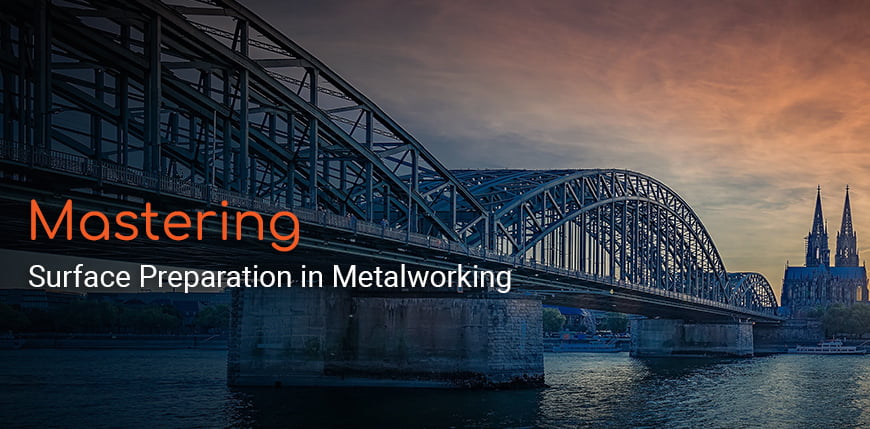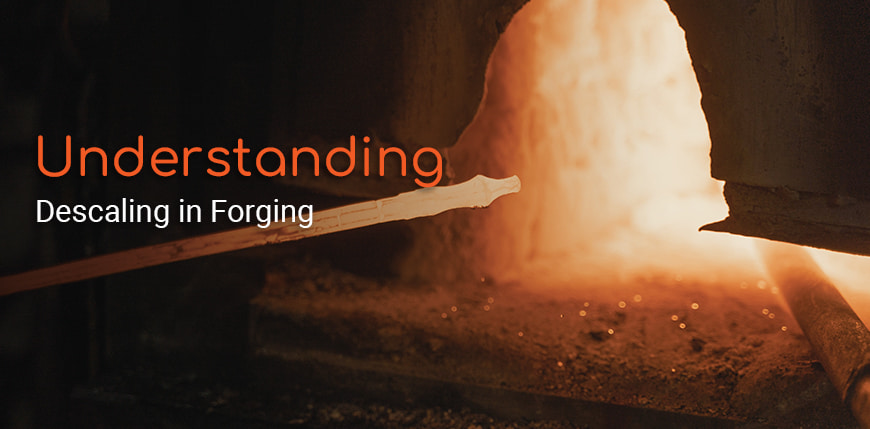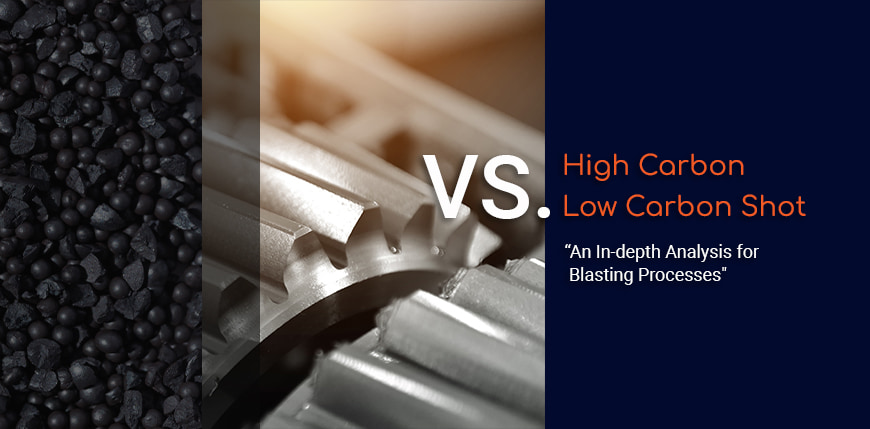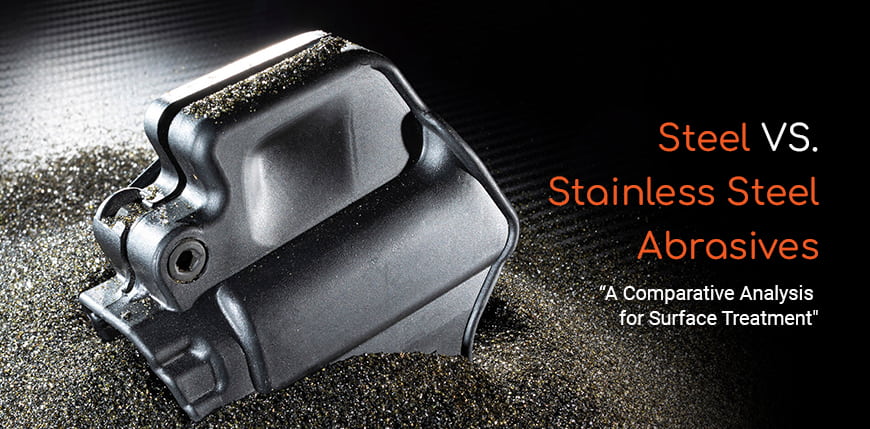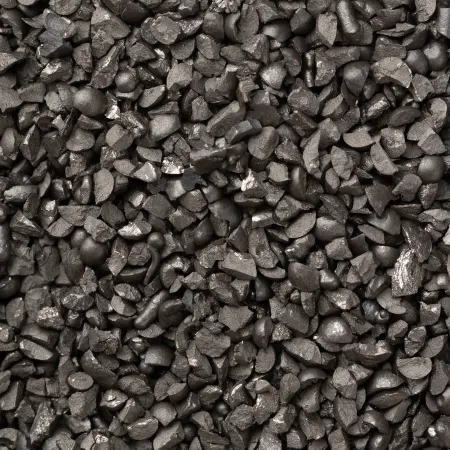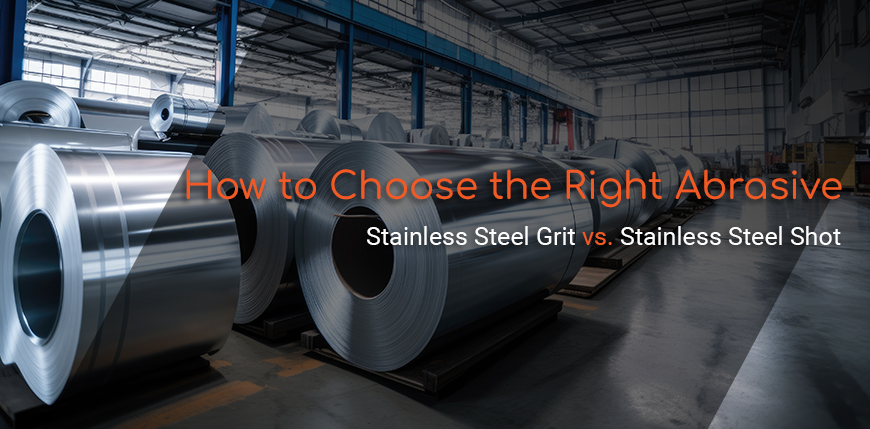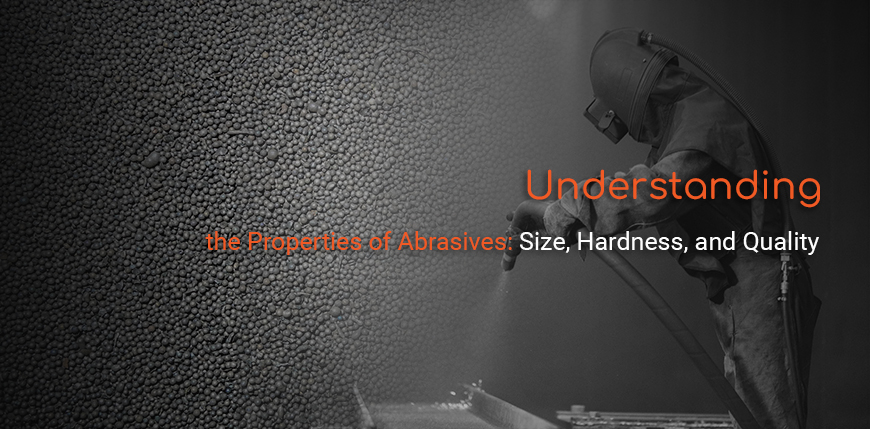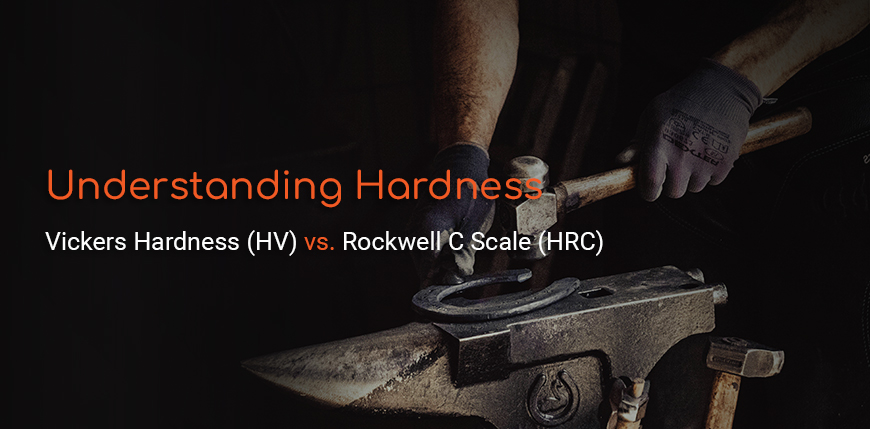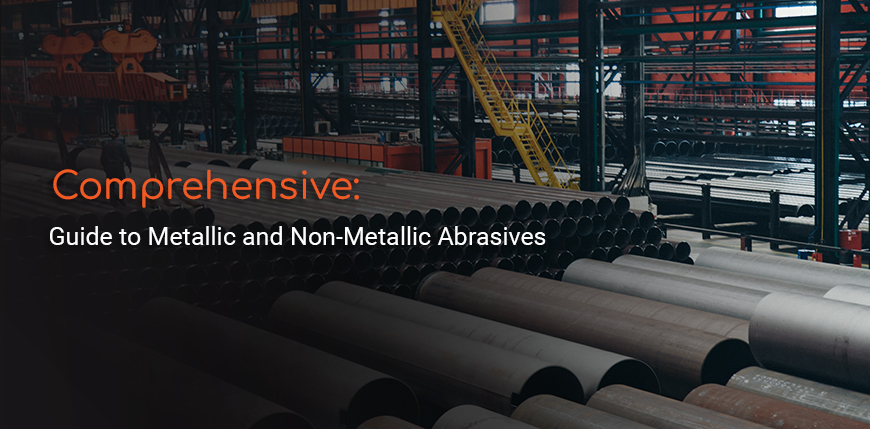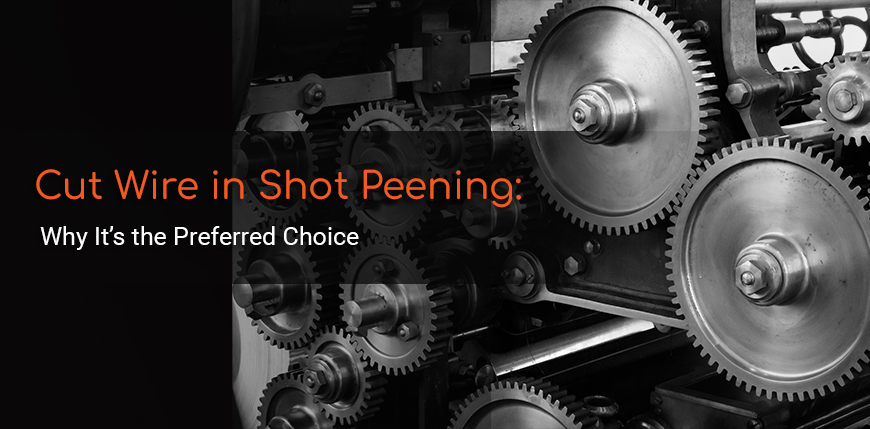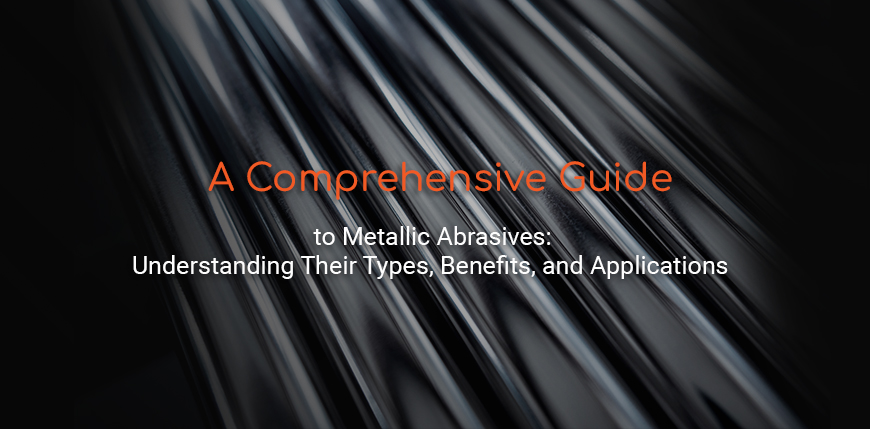
Metallic abrasives are crucial in various industries, from automotive to aerospace, where surface preparation, cleaning, and shot peening are integral to ensuring the durability and quality of components. With a wide range of metallic abrasives available, each offering unique benefits and applications, understanding their properties and best uses is essential for optimizing industrial processes. This article serves as a comprehensive guide, summarizing and introducing the key topics covered in our series of articles on metallic abrasives.
1. HV vs HRC: Understanding Hardness Measurements
Hardness is a critical factor in selecting the right abrasive for a given application. The comparison between Vickers Hardness (HV) and Rockwell C Scale Hardness (HRC) offers insights into how different abrasives perform. This article delves into the significance of these measurements and how they influence abrasive selection and performance.
2. The Steel Abrasives Production Process
Steel abrasives, whether shot or grit, are the backbone of many surface preparation processes. This article provides an in-depth look at the production process of steel abrasives, from the selection of raw materials to the final heat treatments that determine their hardness and durability.
3. Stainless Steel Shot vs. Stainless Steel Grit
Stainless steel abrasives are prized for their non-contaminating properties and durability. In this article, we compare stainless steel shot and grit, examining their composition, advantages, and the specific applications where each excels.
4. Composition, Benefits, and Applications of Stainless Steel Abrasives
Stainless steel abrasives contain essential elements like chrome and nickel, which enhance their performance and longevity. This article explores the composition of these abrasives, their environmental benefits, and the industries where they are most effectively used.
5. Shot, Grit, and Premium Abrasives: What’s the Difference?
Choosing between shot, grit, and premium abrasives can significantly impact your surface preparation process. This article breaks down the differences between these types of abrasives, offering guidance on when to use each based on your specific needs.
6. SAE vs. WA Standards: Understanding Abrasive Quality
Standards play a crucial role in ensuring the consistency and quality of metallic abrasives. This article compares the SAE (Society of Automotive Engineers) and WA (Winoa) standards, highlighting the differences and the importance of selecting abrasives that meet the appropriate specifications.
7. Recycling Metallic Abrasives: Environmental and Economic Benefits
The recyclability of metallic abrasives is not only beneficial for the environment but also offers significant cost savings. This article discusses the recycling process, the challenges faced in different regions, and the overall impact of recycling on sustainability.
8. Optimizing Abrasive Use: Best Practices for Industrial Efficiency
Proper management of abrasive materials can lead to significant improvements in efficiency and cost-effectiveness. This article outlines best practices for optimizing the use of metallic abrasives, from maintaining equipment to controlling the operational mix.
9. The Impact of Abrasive Size, Hardness, and Quality on Surface Preparation
The size, hardness, and quality of abrasives are critical factors that influence the effectiveness of surface preparation. This article explores how these factors interact and how they can be adjusted to achieve the desired surface finish.
10. Environmental and Economic Advantages of Stainless Steel Abrasives
Stainless steel abrasives offer a unique combination of environmental and economic benefits, particularly in their recyclability and long lifespan. This article delves into how these abrasives contribute to sustainable practices in surface preparation.
11. Cut Wire in Shot Peening: Why It’s the Preferred Choice
Cut wire is favored in shot peening for its uniformity and durability. This article explains why cut wire is often the preferred choice, particularly in industries where fatigue resistance is crucial.
12. As-Cut vs. Conditioned Cut Wire: What’s the Difference and Why It Matters
The differences between As-Cut Cut Wire and Conditioned Cut Wire can have a significant impact on the outcome of surface preparation processes. This article provides a detailed comparison, helping readers understand which type of cut wire is best suited for their specific applications.
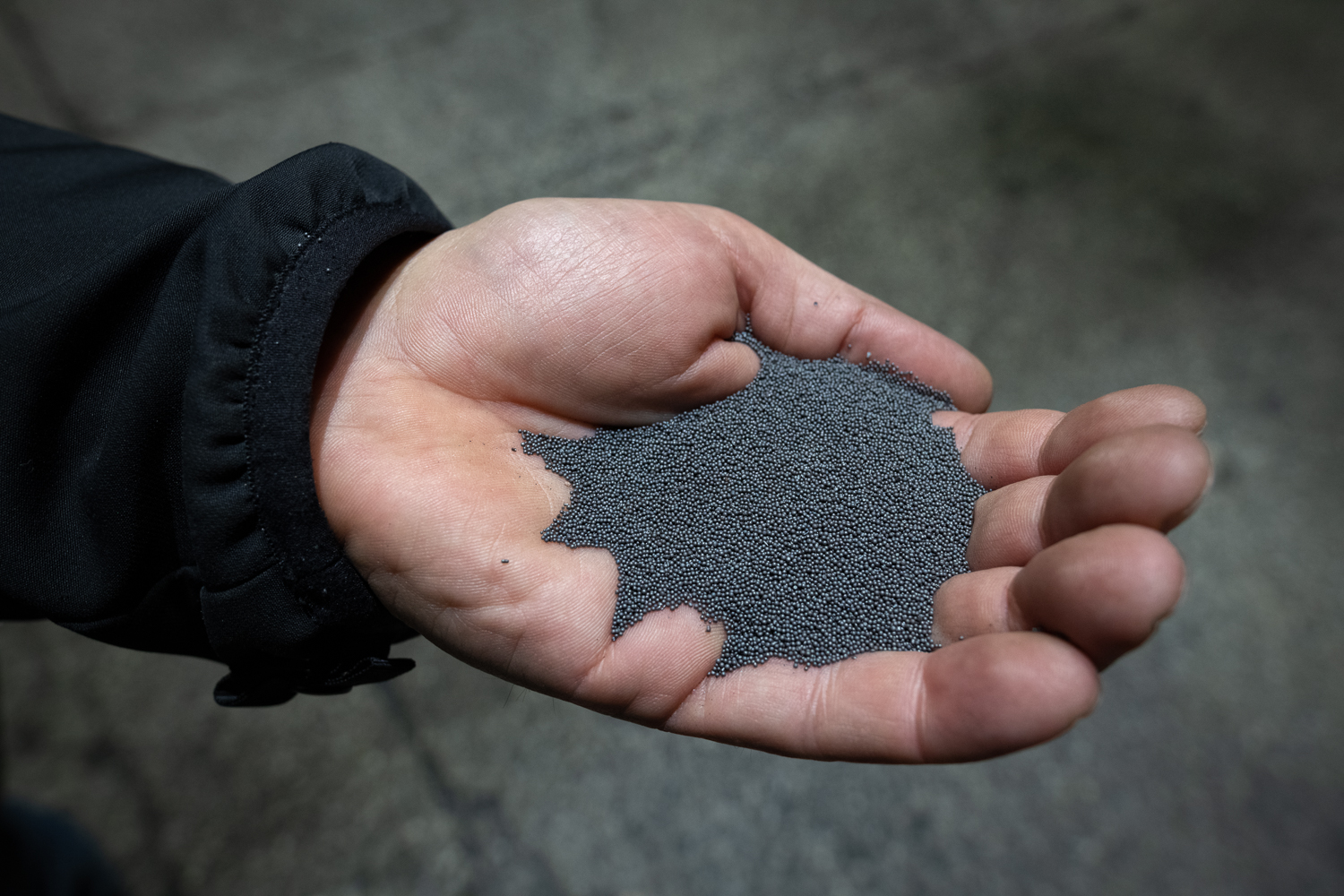

Conclusion: Navigating the World of Metallic Abrasives with Confidence
Choosing the right metallic abrasive for your specific needs requires a deep understanding of the various options available. Each type of abrasive, whether it be steel shot, grit, or cut wire, brings unique benefits and challenges. By exploring the comprehensive topics covered in our series of articles, you can make informed decisions that optimize your processes, improve efficiency, and contribute to sustainable practices.
For those seeking further guidance, expert support from industry professionals is invaluable. Whether you need help selecting the right abrasive or optimizing your existing processes, professional advice can ensure that you achieve the best possible results in your surface preparation and shot peening operations.



